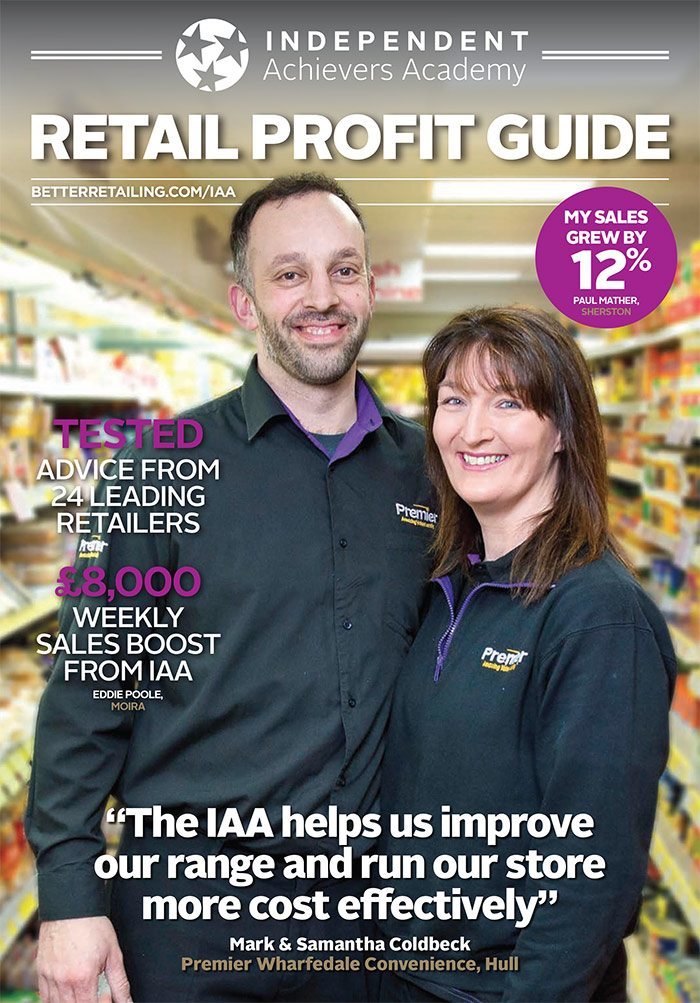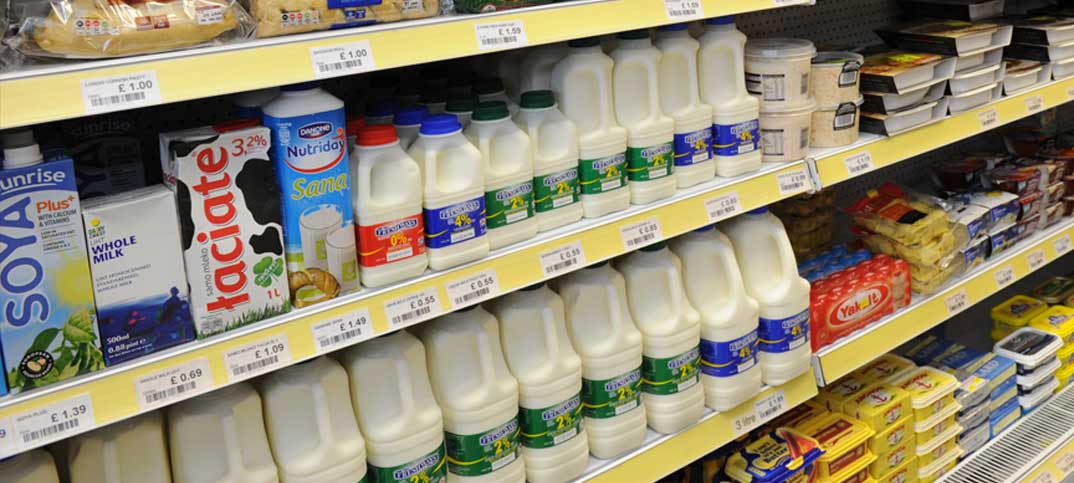I was on the road earlier this month, sense-checking what did and didn’t work when it came to reta
The Guide was updated last year to provide a common platform against which retailers could compare their businesses. As independent retailers are, how should we say it, independently minded, this often means they use different words to describe the same thing.
 Download your free guide
Download your free guideThus, when measuring customer service (another category the Guide promotes), they could focus on maintaining availability of products that shoppers wanted. This may be true, but it also makes it hard to compare one shop with another.
The IAA’s simple answer at present is to define availability as having 96.5% of the products you say you sell on display when assessing your store’s strengths.
Not so fast, one retailer told us. As we looked at the gap in his chiller where almond milk should live, he explained that this was a product he sourced from a specialist supplier who delivered once a week and it frequently could be off sale.
Another problem he noted was that things are frequently off sale because his wholesaler did not have the stock he ordered. I had to nod at this point and remember my day in a shop last year where a major brand could not supply the stock that it had paid to display across a symbol group. And even my visit to a franchise retailer last year where another major supplier left a huge hole because they did not have the promotional stock available to go with the £1 offer they had paid for.
But, I protested, the purpose of the target is not to penalise retailers with great discipline but to encourage other independent retailers to think about their shopper offer properly.
Which brings us back to the almond milk and how people shop. Local people get to know their local shops and can arrange their weeks around picking up special products on the right days. My mother, for example, has a routine to pick up vegetables from a farm shop that is open two days a week. Availability is not as simple as a percentage target.
Availability is not the answer on its own either. We visited another retailer who was doing a great job at availability but whose business skills meant that he was simply not driving enough sales from shoppers. People could simply walk in, buy a light bulb, and walk out without seeing what he had available. One customer after another did this in front of me.
Which boils down to the point that the independent channel is a complex channel, not a complicated channel. Multiple supermarkets are complicated and suppliers have built a supply chain model where you can put an availability target at the shelf and then work backwards and forwards to deliver this, with wastage at various localities off set by the profit of the whole for the retailer.
The independent channel does not work like this. Availability has a more complex set of rules, where the retailer needs to balance the capacity of his customers to buy the product with the profit he can make from stocking it. I think the 96.5% target needs to stay. But the reasons for missing it need to be better understood.



Comments
This article doesn't have any comments yet, be the first!